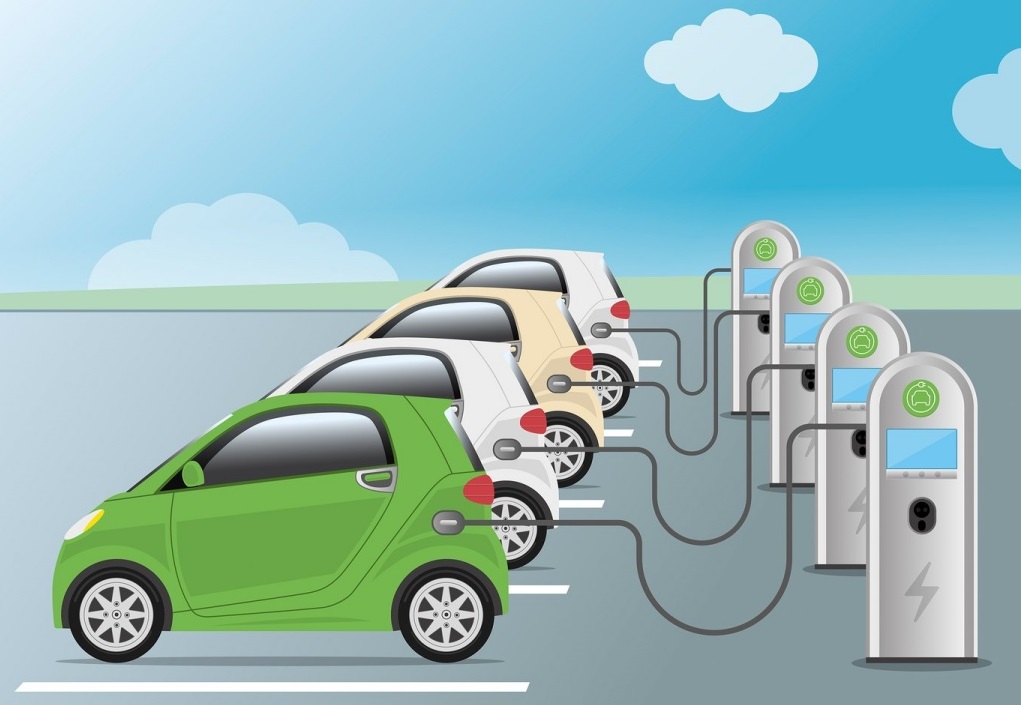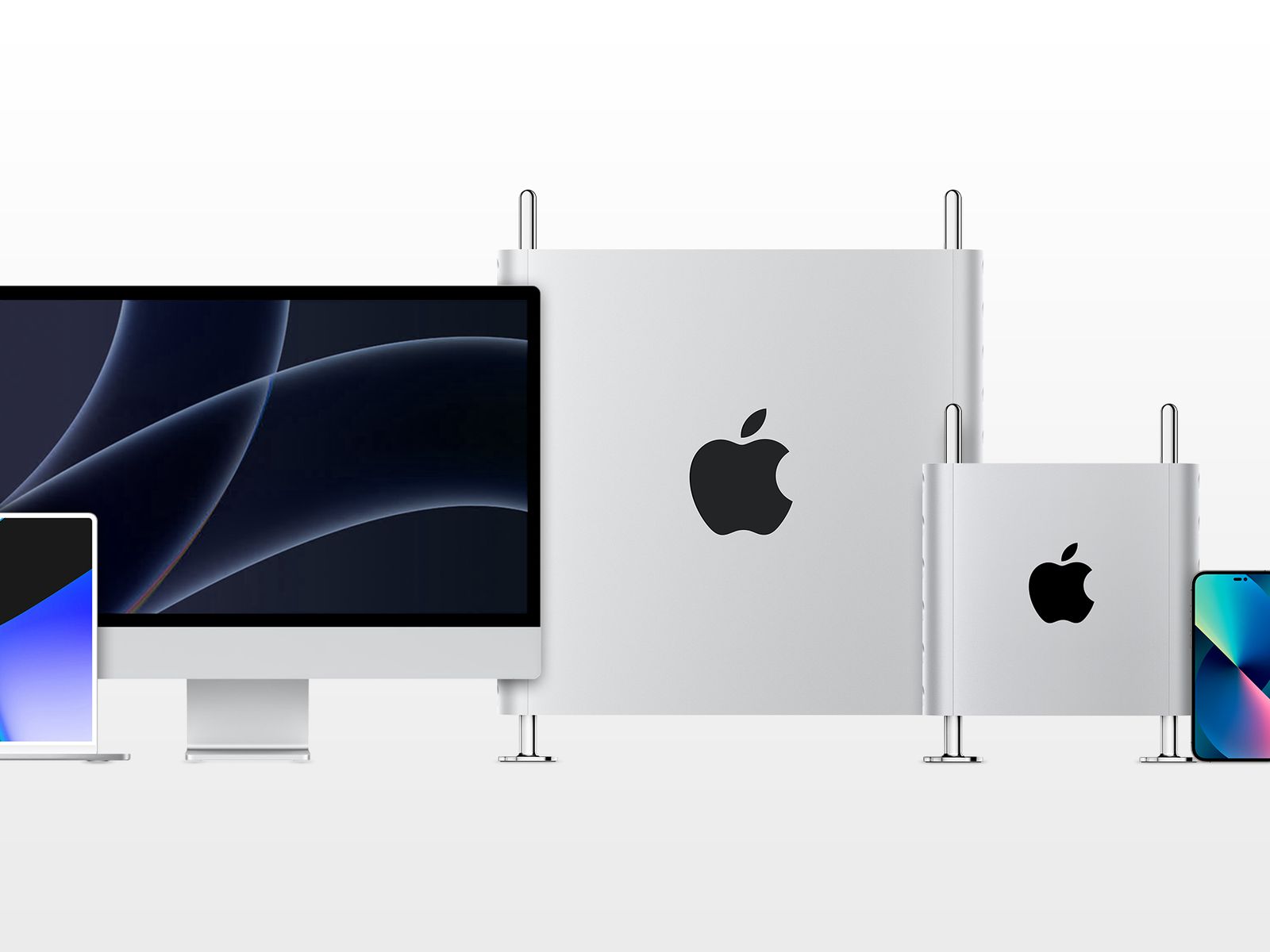WHAT WE HAVE ON THIS PAGE
Report Overview
According to the research conducted by Market.us, The global 5G Radio Access Network (RAN) market is set for substantial growth in the coming years. The market is projected to reach USD 22.2 billion by 2033, rising from USD 3.5 billion in 2023. This represents an impressive CAGR of 20.3% between 2024 and 2033. The increasing demand for high-speed mobile connectivity, rapid deployment of 5G infrastructure, and government initiatives to support digital transformation are driving this growth.
The Asia-Pacific (APAC) region dominated the 5G RAN market in 2023, holding a 41.8% market share, which translates to a revenue of USD 1.4 billion. Countries like China, South Korea, and Japan are at the forefront of 5G deployments, backed by aggressive network expansion plans and high consumer demand for next-generation connectivity. The North American market is also experiencing significant growth, with major telecom companies investing heavily in 5G spectrum and infrastructure.

5G Radio Access Network (RAN) is an essential structure in modern telecommunications, forming the backbone that connects mobile devices to the core network through radio frequencies. This network comprises advanced technologies that facilitate rapid and reliable data exchange, transforming digital communication by supporting a wide range of frequencies and employing sophisticated features like Massive MIMO and beamforming for enhanced connectivity. This setup ensures that devices such as smartphones and IoT gadgets maintain smooth communication with the network, crucial for delivering the high-speed, low-latency connections characteristic of 5G.
The 5G RAN market is experiencing robust growth, driven by the escalating demand for faster internet speeds and more reliable network connections across various applications, from industrial automation to personal communication. This market evolution is supported by continuous investments in 5G infrastructure by major telecom operators and the widespread adoption of 5G-enabled devices. The development of new technologies and the expansion of 5G coverage globally are significant factors propelling this market forward.
The primary drivers of the 5G RAN market include the increasing consumption of mobile data fueled by the proliferation of mobile devices and the growing dependence on cloud-based services. This trend is complemented by the expansion of IoT (Internet of Things), where billions of devices require seamless connectivity to function effectively. Additionally, government initiatives to enhance national broadband capabilities are pushing forward the deployment of 5G infrastructure, thereby stimulating the market.
Key Takeaways
- The Global 5G Radio Access Network (RAN) Market is set for substantial expansion, driven by the increasing deployment of 5G infrastructure worldwide. The market size is expected to grow from USD 3.5 billion in 2023 to approximately USD 22.2 billion by 2033, reflecting a CAGR of 20.3% during the forecast period (2024–2033).
- The Asia-Pacific (APAC) region held a dominant position in 2023, accounting for 41.8% of the total market share and generating USD 1.4 billion in revenue. Rapid 5G deployment in China, South Korea, and Japan, coupled with strong investments from telecom operators, has fueled the region’s growth.
- The Solutions segment emerged as the largest category in the 5G RAN market, capturing more than 81% of the market share in 2023. This segment includes hardware, software, and network solutions required for 5G infrastructure, with increasing demand from telecom providers.
- The CRAN segment accounted for over 35% of the total market share in 2023. The demand for CRAN is rising due to its ability to enhance network efficiency, reduce infrastructure costs, and support high data traffic in urban areas.
- The Outdoor segment dominated the 5G RAN deployment landscape, holding a 58.6% market share in 2023. Outdoor RAN deployments are crucial for large-scale network expansion, particularly in cities and industrial zones, where high-speed connectivity is essential.
- In 2023, Telecom Operators accounted for over 80% of the total revenue, as they continue investing in 5G infrastructure to enhance network performance, reduce latency, and support increasing data consumption.
Analysts’ Viewpoint
One of the central goals of the 5G RAN market is to enhance network capacity and efficiency to support an ever-growing volume of data traffic. This objective is crucial in maintaining the quality of service amid increasing demands from high-bandwidth applications such as video streaming, augmented reality (AR), and virtual reality (VR). Achieving this involves upgrading existing infrastructure and embracing new network technologies that allow more data to pass through without bottlenecks.
The demand for 5G RAN is surging, especially in urban areas where the user density is high and the need for fast and reliable connectivity is critical. Emerging markets are also showing significant interest as they leapfrog older technologies directly to 5G to catalyze economic growth and digital innovation. The demand spans across various sectors, including automotive, healthcare, and manufacturing, each looking to leverage 5G’s capabilities for digital transformation.
Investment opportunities in the 5G RAN market are abundant, particularly in developing the infrastructure needed to support the expanded network. These opportunities include the deployment of new base stations, upgrading existing cellular sites, and integrating advanced network technologies. Investors are particularly interested in markets where 5G adoption is still in its early stages, offering a higher growth potential over the longer term.
Technological advancements in 5G RAN focus on enhancing network performance and efficiency. Innovations such as dynamic spectrum sharing improve the flexibility of frequency usage, while advanced antenna technologies boost signal reach and quality. Network slicing allows for the creation of multiple virtual networks that cater to specific needs or services, optimizing resource use and user experience.
Artificial Intelligence (AI) significantly impacts the 5G RAN market by optimizing network management and operation. AI algorithms analyze data in real-time to predict traffic patterns, detect potential disruptions, and suggest preventive actions to maintain network integrity. This proactive management not only improves the reliability of 5G networks but also enhances their efficiency, reducing operational costs and improving user satisfaction.
India’s Wireless Capex and 5G Growth
India’s telecom operators are projected to allocate approximately $5 billion in wireless capital expenditure (Capex), contributing around 3% of the global wireless Capex. This investment highlights India’s role in the global telecom landscape, where network expansion and upgrades remain key priorities. The competitive landscape in the 4G Radio Access Network (RAN) segment is shaped by leading global vendors, including Samsung, Nokia, Ericsson, Huawei, and ZTE. These companies continue to support India’s evolving network infrastructure, with a strong focus on expanding coverage and improving service quality.
Reliance Jio’s Market Dominance
Reliance Jio remains a major force in India’s telecom sector, operating a nationwide network and serving approximately 420 million 4G subscribers. This vast subscriber base underscores the company’s scale, making it one of the largest telecom operators globally. Jio’s aggressive investments in network expansion and 5G deployment further solidify its leadership position, ensuring it stays ahead in the transition toward next-generation connectivity.
Global 5G Adoption: Regional Disparities
The rollout of 5G networks is progressing at different speeds across regions. According to Ericsson, global 5G population coverage (excluding mainland China) stood at 40% by the end of 2023, with projections indicating growth to 80% by 2029. This expansion reflects the increasing demand for high-speed connectivity and advanced mobile services worldwide.
India and North America have made significant progress in mid-band 5G deployment, reaching coverage levels of 90% and 85%, respectively. These figures highlight the aggressive rollout strategies adopted in these regions, driven by high consumer demand and strong government support.
In contrast, regions such as Latin America and parts of Africa lag behind, with less than 10% mid-band 5G coverage. The slower adoption in these areas can be attributed to infrastructure challenges, regulatory hurdles, and lower investment levels. This stark regional divide in 5G availability underscores the need for more inclusive digital expansion strategies to bridge the connectivity gap.
You May Also Like To Read
- Agentic AI in Digital Engineering Market
- Augmented Reality Statistics
- Edge AI for Cybersecurity Market
Emerging Trends in 5G RAN
- Open RAN Adoption: The shift towards Open RAN is gaining traction, offering flexibility and reducing vendor lock-in by separating hardware and software components. This allows for a more competitive market, driving innovation and cost efficiency.
- Standalone 5G Networks: The rollout of standalone (SA) 5G networks is accelerating. Unlike non-standalone (NSA) networks that rely on existing 4G infrastructure, SA 5G enables full utilization of 5G capabilities, enhancing network slicing and enabling more tailored services.
- Integration of AI and Machine Learning: AI and machine learning are increasingly integrated into 5G RAN to optimize network management and operations. These technologies are pivotal in enhancing network efficiency and in predictive maintenance.
- Cybersecurity Enhancements: With the vast expansion of 5G, cybersecurity is a critical focus. Enhanced security features in 5G networks ensure more robust protection against breaches, with technologies like deep packet inspection and advanced encryption.
- Diversification of Vendor Ecosystem: The 5G RAN market is seeing a significant shift towards a diversified vendor landscape, driven by the adoption of Open RAN and virtualized network elements. This is expected to break traditional vendor lock-ins and foster a wave of innovation across the industry.
Top Use Cases of 5G RAN
- Enhanced Mobile Broadband (eMBB): Offering considerably higher data speeds and capacity, 5G supports data-driven services and high-resolution streaming for an improved user experience in dense urban environments.
- Massive Machine-Type Communications (mMTC): 5G supports a large number of connected devices per area unit, crucial for IoT applications in smart cities, industrial automation, and healthcare.
- Ultra-Reliable Low-Latency Communications (URLLC): This use case is critical for mission-critical applications such as remote surgery, autonomous vehicles, and advanced robotics, where instant, reliable connectivity is crucial.
- Fixed Wireless Access (FWA): 5G can provide high-speed internet access in areas lacking fiber optic cable infrastructures, offering a viable alternative to traditional broadband.
- Virtual Reality (VR) and Augmented Reality (AR): With 5G’s low latency and high capacity, it significantly enhances experiences in VR and AR applications, making it ideal for gaming, training simulations, and interactive media.
Attractive Opportunities in 5G RAN
- Network Slicing: 5G allows operators to create multiple virtual networks within a single physical 5G network. This capability enables operators to offer network as a service and customize networks to meet specific customer or application needs.
- Smart City Development: With 5G’s ability to handle a massive number of connected devices, cities can implement smart traffic systems, energy management, and public safety solutions more effectively.
- Industrial Automation: 5G’s reliable and low-latency communication is perfect for industrial applications, where real-time control and automation of machinery in manufacturing plants are required.
- Healthcare Innovations: 5G technology is transforming healthcare with opportunities for telesurgery, real-time remote monitoring, and patient data management, enabling faster and more effective patient care.
- Entertainment and Media: 5G dramatically changes how content is created, distributed, and consumed. The industry can leverage 5G to deliver immersive media experiences through higher video quality and interactive features.
Key Market Segments
By Component
- Solutions
- Services
By Architecture Type
- CRAN
- ORAN
- VRAN
By Deployment
- Indoor
- Outdoor
By End-use
- Telecom Operators
- Enterprises
Top Key Players in the Market
- Telefonaktiebolaget LM Ericsson
- Qualcomm Technologies Inc.
- Nokia
- Rakuten Symphony Singapore Pte. Ltd
- Intel Corporation
- Samsung
- Verizon
- Cisco Systems Inc.
- Huawei Technologies Co. Ltd.
- VMware Inc.
- Other Key Players
Future Outlook
The 5G RAN market is expected to witness strong momentum, as telecom providers continue expanding their networks to meet the increasing demand for ultra-fast and low-latency connectivity. The adoption of Open RAN (O-RAN) technology is also gaining traction, enabling greater flexibility and cost efficiency in network deployment. However, challenges such as high infrastructure costs, regulatory concerns, and cybersecurity risks could impact market growth.
Overall, the 5G RAN market is on a steady upward trajectory, with strong support from technological advancements and industry-wide adoption. Companies that invest in network innovation, spectrum acquisition, and strategic partnerships will be well-positioned to capitalize on this evolving market landscape.
Sources
- https://www.arm.com/glossary/5g-ran
- https://www.ericsson.com/en/ran
- https://www.telecomtrainer.com/5g-ran-tutorial/
- https://www.delloro.com/ran-market-a-look-into-2023/
- https://www.techrepublic.com/article/key-5g-trends/
- https://scoop.market.us/5g-new-radio-nr-ran-market-news/
ABOUT AUTHOR
Yogesh Shinde is a passionate writer, researcher, and content creator with a keen interest in technology, innovation and industry research. With a background in computer engineering and years of experience in the tech industry. He is committed to delivering accurate and well-researched articles that resonate with readers and provide valuable insights. When not writing, I enjoy reading and can often be found exploring new teaching methods and strategies.










